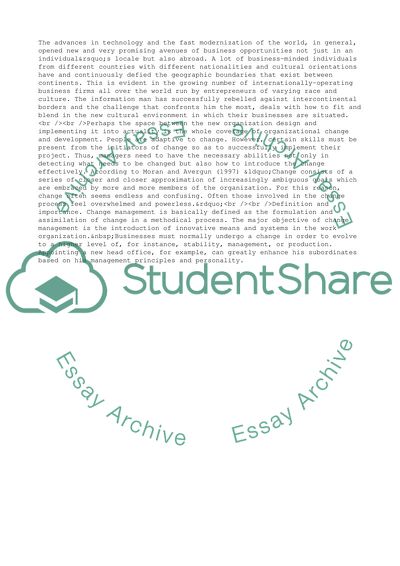Cite this document
(How Change Can Be Managed in Order to Avoid People from Feeling Coursework, n.d.)
How Change Can Be Managed in Order to Avoid People from Feeling Coursework. https://studentshare.org/management/1706631-change-management-business
How Change Can Be Managed in Order to Avoid People from Feeling Coursework. https://studentshare.org/management/1706631-change-management-business
(How Change Can Be Managed in Order to Avoid People from Feeling Coursework)
How Change Can Be Managed in Order to Avoid People from Feeling Coursework. https://studentshare.org/management/1706631-change-management-business.
How Change Can Be Managed in Order to Avoid People from Feeling Coursework. https://studentshare.org/management/1706631-change-management-business.
“How Change Can Be Managed in Order to Avoid People from Feeling Coursework”. https://studentshare.org/management/1706631-change-management-business.


